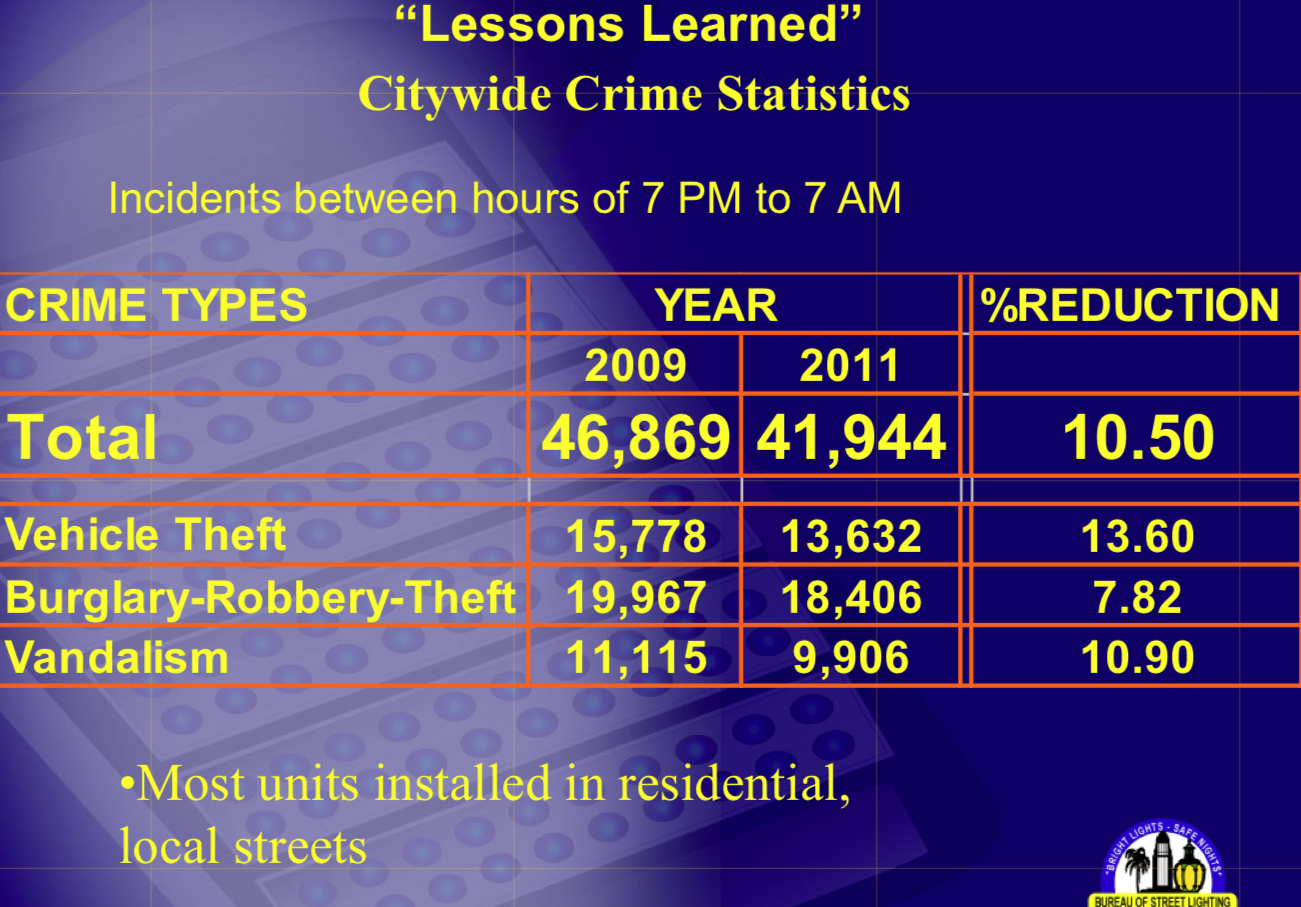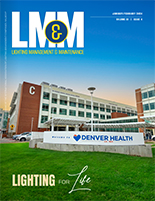Call me hopeful. I want to believe it is true. I really, really do. If switching to LED streetlights can reduce crime by 21%, as Signify’s CEO Eric Rondolat confirmed to your humble editor in a conference call earlier this week, it’s good for all of us—most importantly the victims of crime.
As our country is divided and we see riots and lootings and hear of the depopulation of major cities—it is scary as hell. If installing LED connected lights will reduce crime, it is the perfect boost our industry needs. It’s the perfect boost that the world needs. Give us a COVID-19 vaccine, change the streetlights to LED and let’s open the Champagne.
I asked Signify to validate their CEO’s claims. The initial report that Signify sent is from a group that I am not familiar, The World Council on City Data. The study was published February of 2017 and produced in partnership with Philips Lighting. Philips Lighting/Signify is also a Foundation Partner of the WCCD. Does that raise an alarm bell? It does NOT for me. Good for Philips/Signify for funding research and providing hard data that quantify the effects of high benefit lighting. Actually, the industry should do this, but we don’t, so I applaud Signify for taking the lead.
But just where is that hard data?
Mr. Rondolat, in answering my question on the video call, stated, “It is not a study, it is actual numbers, coming from a survey that had been done in Los Angeles after we implemented our lighting systems.”
I thought some of the Los Angeles LED business went to Cree and LeoTek? Rondolat clearly says the actual numbers come after “we” implemented “our” lighting system. No mention of Cree.
A company spokesman later explained, “Eric indeed referred to the installation in Los Angeles as an example,…What Eric referred to during the press conference when he was saying ‘our lighting systems’ is the installation of Interact City (at the time called Philips CityTouch), not specifically Philips-branded lights.”
Understood. Where did the 21% number come from? The WCCD report states:
A major literature review showed that improved street lighting had a positive effect in reducing crimes such as burglary and theft. When all data are considered together, improved street lighting was associated with a relative reduction in crime of 21 percent in areas it was introduced, compared to similar areas where there were no such improvements (see footnote 4).
What the hell is a literature review? And the 21% number is associated with footnote 4, which states:
Welsh, B & Farrington, D. (2008) Effects of Improved Street Lighting on Crime. Available at: http://www.crim.cam.ac.uk/ people/academic_research/david_farrington/light.pdf
The way I read this, the 21% reduction in crime that is attributed to Signify’s connected LED Lighting is based on a literature review and/or a study conducted in 2008?
The WCCD study continues:
The City of Los Angeles observed a 10.5% drop in crime rates (vehicle theft, burglary/ robbery/theft, and vandalism) in the first two years of its LED conversion program (see footnote 5).
Did the reduction start out at 10.5% and then increase to 21%? Even if the crime reduction is only 10.5% it is significantly significant, and I am drinking champagne.
Footnote 5 references a 2012 presentation by the LA Bureau of Street Lighting and I remember seeing this presentation, I think at the 2012 SALC. Slide 37 specifically shows a 10.5% decrease in crime.

In addition to the WCCD report, Signify later provided four additional links:
- Improved Street Lighting and Crime Prevention—June 2002
- The Effects of Improved Street Lighting on Crime—2015
- Major study finds outdoor lighting cut crime by 39% (UPDATED)—MAR 2018
- Societal Benefits of Improved Public Lighting–undated
The third article was a New York City study and the results were published in LEDs Magazine. As far as I am aware, this effort marks the first use of a rigorous, randomized controlled trial to measure the impact of street lighting on crime. It is a much better study than the outdated WCCD report.
In the call, Rondolat further explained, “It also allowed a better definition of facial identification and, at the end of the day, resulted in a 21% improvement in crime rates in that city, which is a typical number that we can take and reproduce in other environments.”
I find nothing in any of the reports about facial recognition. Not one word.
Conclusion:
It is extremely rare for any lighting CEO to conduct a live press conference and take questions from a world-wide media and we commend Signify for their transparency.
The numbers Rondolat quoted are accurate according to the WCCD. The issue is that the WCCD report is based on data from 2008 and 2012. Whether the crime reduction is 21% or 10.5% or 39%, the numbers are meaningful. Although he mentions facial recognition, and the report does not, is inconsequential. It is common sense that improved LED Lighting will be more helpful with facial recognition software than High Pressure Sodium.
Many of us believe that crime is reduced with better lighting, the real question is how do we prove that in 2020 and who will take that lead? Once we have the true data, the whole world can drink champagne!




